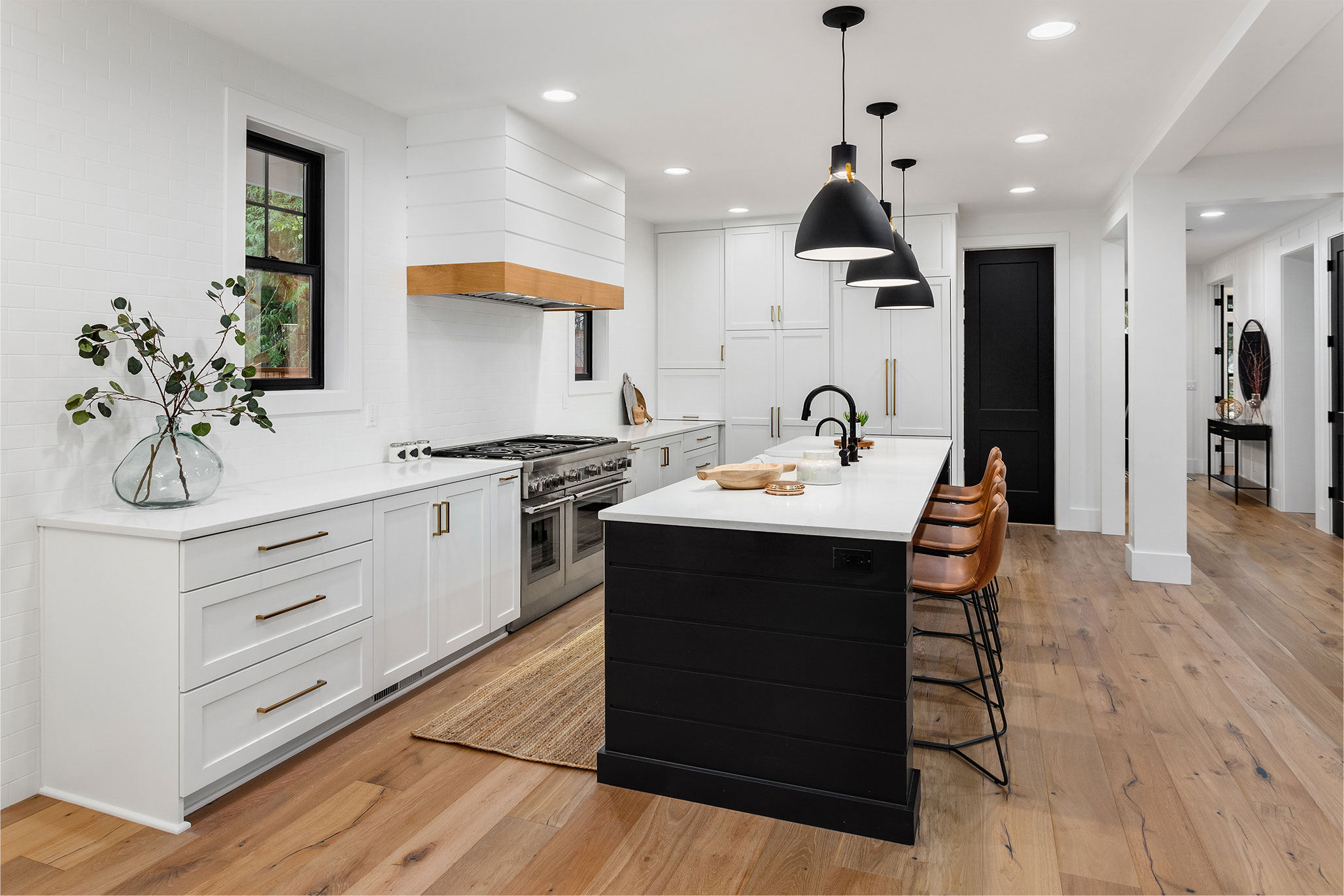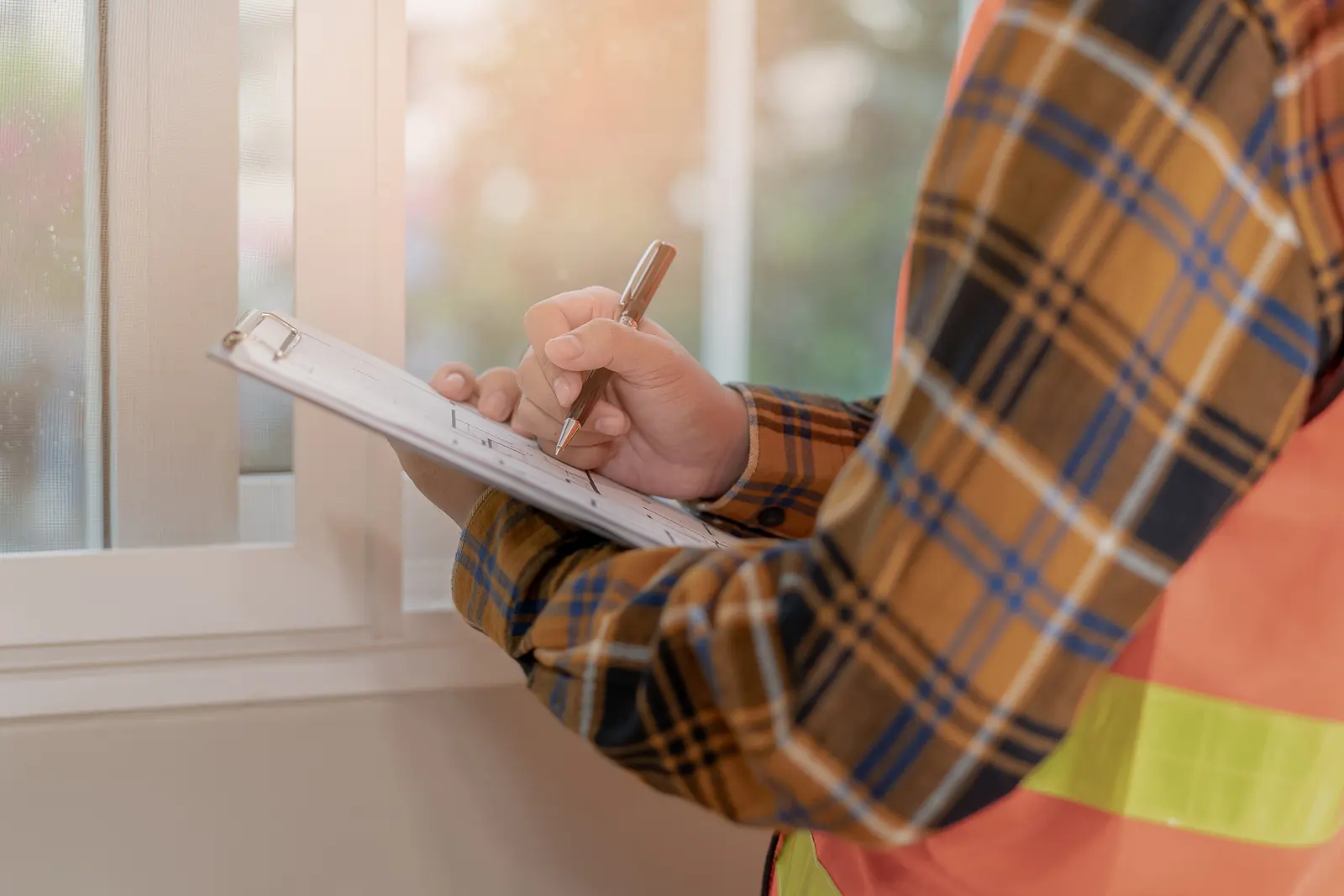Salt Lake City rentals don’t age quietly. It’s about surviving the freeze-thaw-flood cycle that only the Wasatch Front could invent. One month, it’s ice in the pipes. Next, there is standing water by the foundation. And don’t get us started on that dry summer heat. In a place where the ground moves with the seasons and older homes are everywhere, your property’s not just aging, it’s taking a beating.
Salt Lake's unique soil and weather only make those risks more common, especially in older homes. According to Porch, 86% of home inspections uncover at least one problem, and in Salt Lake City, some problems show up more often than others.
In this post, we’ll take a closer look at the issues most often flagged during rental property home inspections in Salt Lake.
1. Foundation Cracks and Shifting Soil
Utah’s soil expands and shrinks with changes in moisture. That movement cracks foundations, especially in older homes.
Hairline cracks might not be a big deal, but horizontal cracks or stair-step cracks can indicate compromised structural integrity. We often find signs of water intrusion in basements and bowing foundation walls, especially in older homes on the east side of the valley.
2. Electrical Problems and Outdated Wiring
We still find old knob-and-tube electrical wiring, overloaded electrical panels, and missing GFCI outlets in older rentals. These aren’t just outdated, they’re dangerous. Electrical issues are a leading cause of house fires. That’s why we always recommend a full electrical check as part of any rental property home inspection.
3. Drainage Issues and Water Pooling
Bad grading, clogged gutters, or missing downspouts cause water to collect near the foundation. That leads to mold, structural issues, and pests. A lot of older homes in Sugar House or Millcreek have a lack of drainage from the get-go. Catch them early. Drainage fixes can be inexpensive if caught early.
4. Mold and Water Damage
Mold growth typically appears in bathrooms, attics, and other areas where there is a slow leak. Even in Utah’s dry climate, poor ventilation or hidden drips can create big mold problems.
If you smell a musty odor or see bubbling paint, have it checked. Mold inspections and remediation can cost thousands if left unaddressed, so early detection during a rental property home inspection is crucial.
5. Roofing Issues From Weather Wear
Shingles crack, flashing rusts, vents leak—it’s all part of roof life here. Sun, wind, and snow beat up even newer roofs. According to Integration Roofing, roof replacements in Salt Lake City now average from $5,500 to $29,750, depending on factors like roof size and complexity, so it pays to catch minor cracks early before they turn into major issues.
6. HVAC System Trouble
A broken furnace in winter or an AC in July? That’s a tenant nightmare and your emergency expense. Most HVAC units last 15–20 years, but inadequate maintenance can significantly reduce that lifespan. During inspections, we check filters, age, and airflow to avoid major repairs later.
7. Termite and Pest Damage
Termite damage and rodents aren’t just a southern thing. We find signs of damage in crawl spaces, attics, and around decks. If wood sounds hollow or you see sagging floors, it might be time for a pest and termite inspection. Including a thorough check during your rental property home inspection report can help catch these significant issues early.
Pro Tip: Annual pest inspections are a low-cost way to avoid significant wood rot or structural damage.
8. Water Pressure and Plumbing Problems
Corroded pipes, low water pressure, or hidden leaks are all too common. According to the Environmental Protection Agency (EPA), 10% of homes leak 90+ gallons a day. That’s not just water wasted. It could also lead to mold growth or foundation repair costs. Inspections help spot them early.
9. Carbon Monoxide and Smoke Detector Failures
Missing, expired, or dead-battery detectors are one of the top violations we see. Salt Lake City requires working smoke and carbon monoxide detectors in all rentals. Don’t skip these. Your liability risk is huge if something goes wrong.
10. Windows, Doors, and Small Stuff That Adds Up
Sticking doors, bad locks, cracked panes, and missing weather stripping are all minor annoyances that turn into major tenant complaints. They also raise your heating and cooling bills. Easy to fix, and worth the time, especially when identified during a thorough rental property home inspection.
Spot Rental Troubles Early and Prioritize Repairs with Help from the Experts!
Salt Lake rentals take a beating. Shifting clay soil, cracked foundations, busted pipes from freeze-thaw cycles—it all adds up. Throw in aging homes with outdated systems, and it’s easy to miss problems until they hit your wallet. That’s why inspections aren’t just another checkbox. They’re a vital part of the home-buying process and the best way to catch trouble before it turns worse. You can also check out the Landlord Rescue Program in Salt Lake to protect your property investment.
TierOne Real Estate knows Salt Lake inside and out. We’ve walked crawl spaces, climbed old roofs, and seen every kind of inspection report you can imagine. Here’s what we do for landlords:
- Break down the inspector's findings into what actually matters
- Recommend solid, local pros to handle repairs
- Coordinate fixes, so you’re not chasing contractors
- Help you avoid tenant turnover by fixing safety issues fast
- Spot red flags like mold, faulty wiring, and foundation cracks before they get worse
- Advise when to call a structural engineer for serious structural integrity concerns
Once your home inspector finishes, we’ll flag the issues that can’t wait, sort out what’s minor, and get moving on repairs. You won’t be left wondering what to do next.
Don’t wait for a leak, a lawsuit, or a midnight call from your tenant. Book your inspection with us and get ahead of costly surprises—fast, simple, done right!
FAQs
What notice must landlords provide tenants before an inspection?
Under Utah law, landlords are required to provide tenants with at least 24 hours' notice before entering the rental property for inspections. This notice must specify the date, time, and purpose of the entry. Inspections should be conducted during reasonable hours, typically between 8 AM and 5 PM on weekdays, and 10 AM to 3 PM on weekends.
How often are rental properties inspected in Salt Lake City?
For single-family homes and duplexes, landlords must submit a self-certification form every three years, confirming the property meets city housing standards. For multi-unit buildings with three or more units, the city performs scheduled inspections at least once every four years. The number of units inspected in each building depends on how many total units the property contains. These inspection requirements help ensure that rental housing in Salt Lake remains safe and habitable.
But for responsible property owners, relying solely on these timelines isn’t enough. Rental properties benefit from more frequent and varied inspections throughout a tenant’s lease term. Landlords should also consider conducting several types of inspections, such as move-in inspections, routine or quarterly inspections, move-out inspections, and seasonal inspections.
Are landlords required to provide a pest control report to tenants after treatment?
In Utah, landlords are not legally required to automatically provide tenants with a pest control report after a treatment has been performed. However, tenants do have the right to request this documentation to verify that pest control measures have been properly conducted. If a tenant requests the report and the pest control company or landlord refuses to provide it, the tenant can escalate the issue by contacting local code enforcement or housing authorities.
These agencies can investigate and ensure that proper pest control standards are being met to maintain a safe and healthy living environment. Providing this transparency helps build trust between landlords and tenants while promoting tenant safety. Additionally, landlords and tenants should also be aware of their responsibilities regarding other aspects of property care, such as charging tenants for carpet replacement in Salt Lake, to ensure compliance with local laws and lease agreements.
Related Articles
The Key to Rental Property Inspections: Why Are They So Important?
Easy Ways Landlords Can Stay Ahead of Property Maintenance Tasks
Why You Need a Landlord Rescue Program in Salt Lake: Protecting Your Investment and Sanity



